Mountain Laurel Cold Hardiness: How To Care For Mountain Laurels In Winter
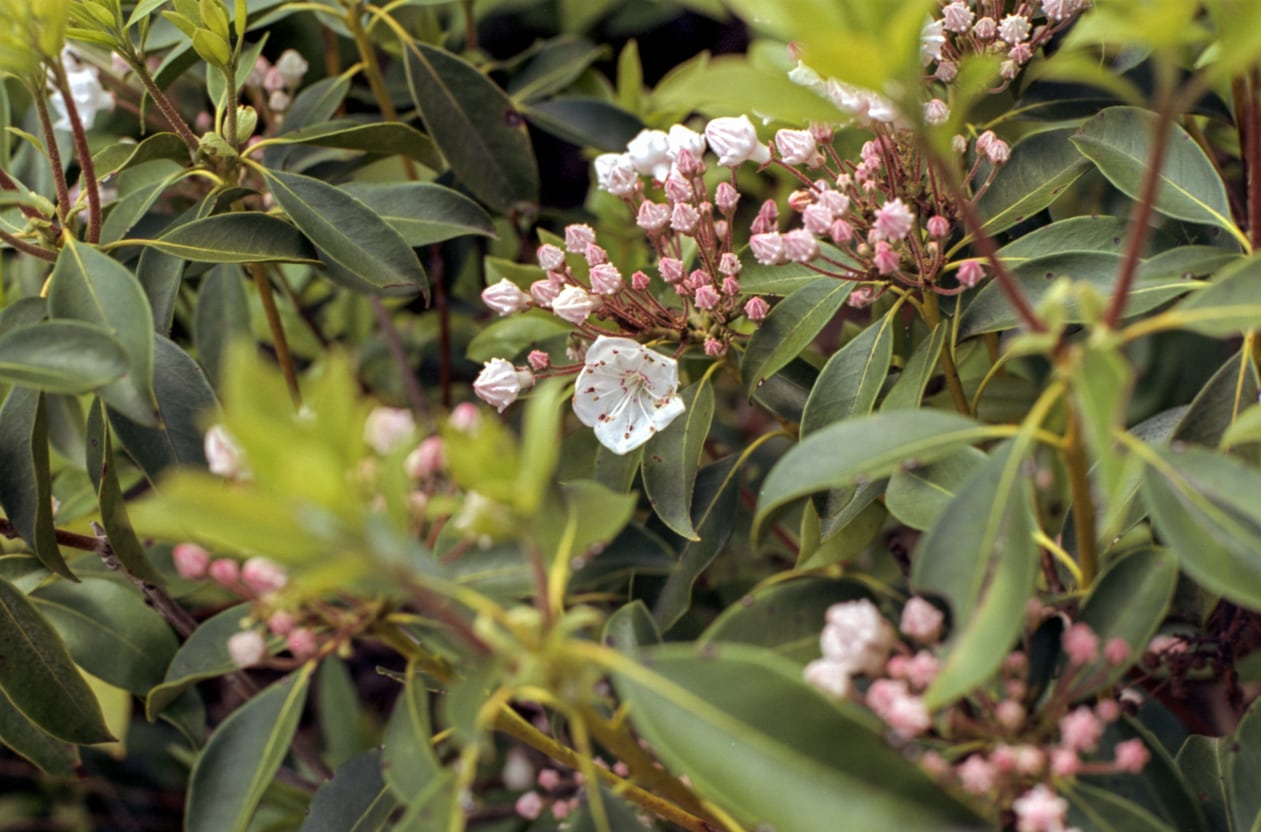

Mountain laurels (Kalmia latifolia) are shrubs that grow in the wild in the eastern half of the country. As native plants, these plants do not require coddling in your garden. However, if you live in an area with harsh weather, you may want to consider winter protection for mountain laurels. If you are wondering about mountain laurel cold hardiness or how to care for mountain laurels in winter, this article will help.
About Mountain Laurel Cold Hardiness
Mountain laurels are native broadleaf evergreen shrubs beloved by gardeners for their vivid spring flowers. The foliage is also attractive and the shrubs look beautiful in borders or natural gardens. As native shrubs, mountain laurels are low-maintenance in the garden and know how to take care of themselves. Mountain laurel cold hardiness allow these shrubs to thrive in the summers and winters of USDA plant hardiness zones 5 through 9. Yet, occasionally, mountain laurels in winter have problems. Those at the northern limits of mountain laurel cold hardiness can develop leaf scorch. This happens when the ground is frozen and the shrubs cannot get water from the frozen ground. At the same time, they are losing water from wind-exposed leaves. Another type of mountain laurel winter injury is sunscald. Mountain laurels in winter can develop burned looking leaves. This sun scalding happens when the sunlight bounces off the snow and ice.
Mountain Laurel Winter Care
You can prevent mountain laurel winter injury with just a little effort. First, be sure the plants are as healthy as possible by planting them in a site with some shade and some sun in well-draining, acidic soil. In addition, provide a little irrigation during dry periods to prevent water stress. Mulching the ground around the roots offers summer and winter protection for mountain laurel. For mountain laurel winter care, add a thick layer of straw mulch or chopped leaves as the weather turns icy. This will prevent extreme soil temperature fluctuations that can damage the shrubs. Beyond that, the best mountain laurel winter care involves protecting the plants from both wind and bright winter sun. If your plants are sited in an area without shelter from wind and winter sun, build a burlap windscreen to protect it. You can also spray your mountain laurel’s leaves with an anti-transpirant spray before the weather drops into negative territory. This helps to keep down moisture loss.
Gardening tips, videos, info and more delivered right to your inbox!
Sign up for the Gardening Know How newsletter today and receive a free copy of our e-book "How to Grow Delicious Tomatoes".

Teo Spengler is a master gardener and a docent at the San Francisco Botanical Garden, where she hosts public tours. She has studied horticulture and written about nature, trees, plants, and gardening for more than two decades. Her extended family includes some 30 houseplants and hundreds of outdoor plants, including 250 trees, which are her main passion. Spengler currently splits her life between San Francisco and the French Basque Country, though she was raised in Alaska, giving her experience of gardening in a range of climates.
-
 Looking For Plants To Give You The Soft And Fuzzies? Try These 5 Fuzzy Leaf Plant Options
Looking For Plants To Give You The Soft And Fuzzies? Try These 5 Fuzzy Leaf Plant OptionsLovers of texture, drama, silver foliage and tactile plants will adore these special sensory garden additions. These fuzzy leaf plant options will leave you all aglow
By Susan Albert
-
 Get Ready For A Summer Of Hummers! Grow These Full Sun Hummingbird Plants and Flowers
Get Ready For A Summer Of Hummers! Grow These Full Sun Hummingbird Plants and FlowersIf you’re lucky enough to enjoy a sunny backyard, make sure you are maxing out on your pollinator opportunities and grow these full sun hummingbird plants and flowers
By Tonya Barnett
-
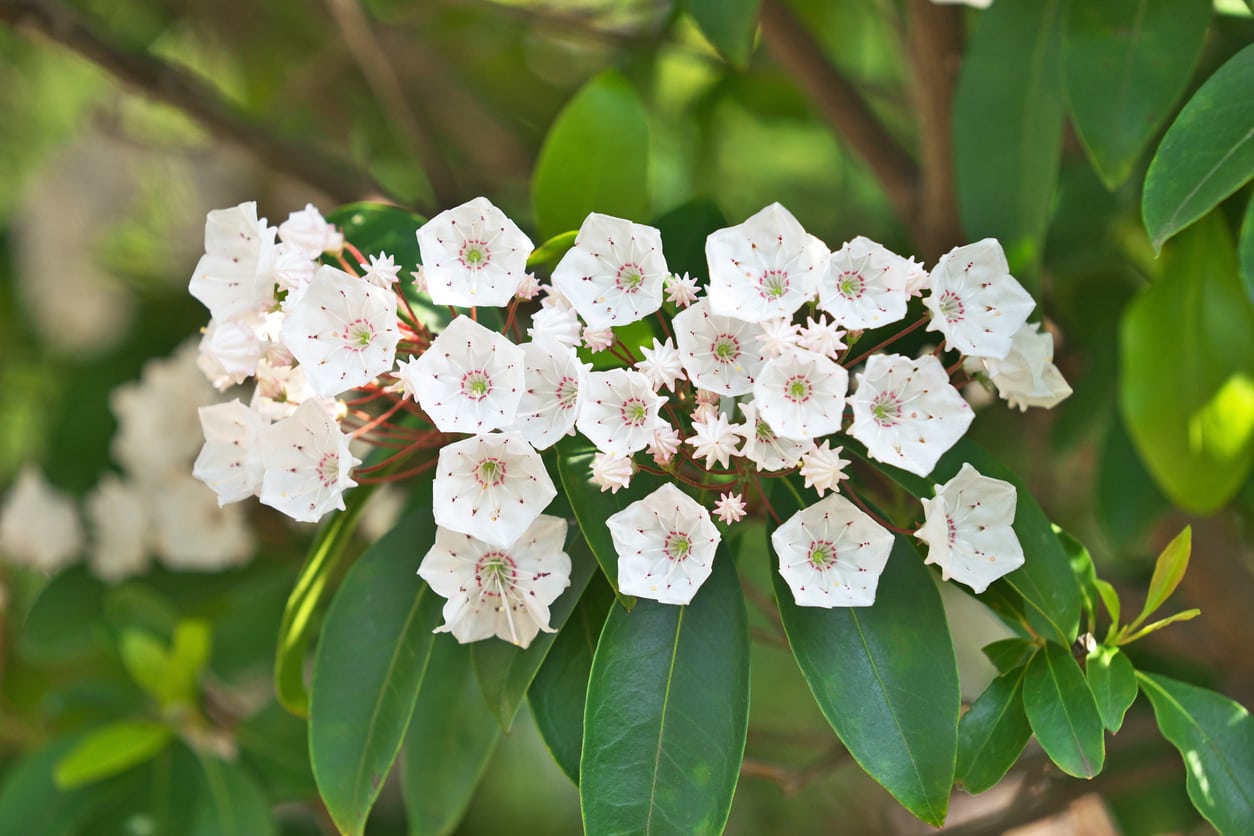 Potted Mountain Laurel Care – Learn About Container Grown Mountain Laurels
Potted Mountain Laurel Care – Learn About Container Grown Mountain LaurelsMountain laurel shrubs are usually used as landscape plants, and can often be seen blooming in dappled shade under trees and taller shrubs. But can you grow mountain laurel in a pot? Click here to learn more about caring for mountain laurel in containers.
By Liz Baessler
-
 Mountain Laurel Leaves Are Browning – Why Are Mountain Laurel Leaves Turning Brown
Mountain Laurel Leaves Are Browning – Why Are Mountain Laurel Leaves Turning BrownMountain laurel usually remains green year round, so brown leaves on mountain laurels can be a sign of trouble. Determining the reason for brown mountain laurel leaves can be challenging and involves careful detective work. The following information may help.
By Mary H. Dyer
-
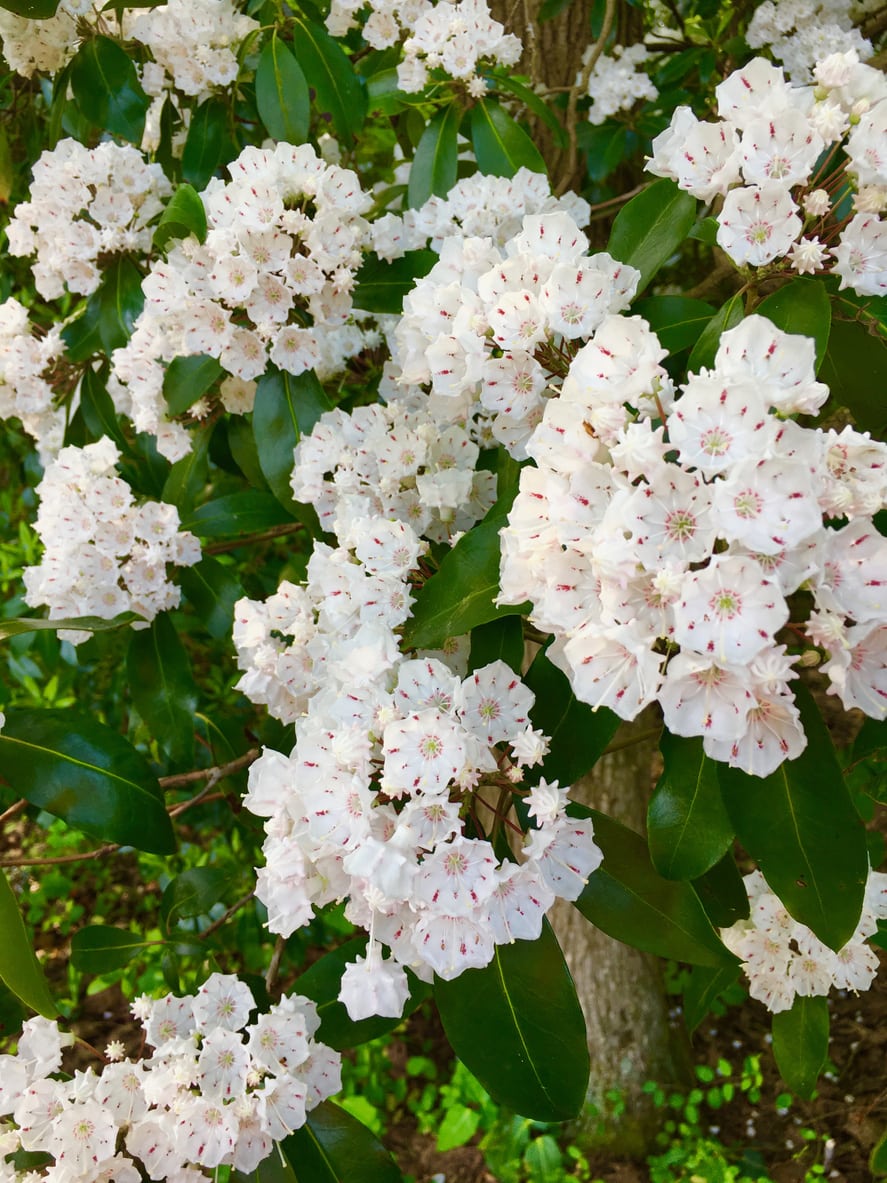 Mountain Laurel Trimming Tips: How To Prune Mountain Laurel Bushes
Mountain Laurel Trimming Tips: How To Prune Mountain Laurel BushesGrowing to a general height and width of five to eight feet (1.5 to 2 m.), cutting back mountain laurels may occasionally be necessary to fit the space they are in. To learn how to prune mountain laurel shrubs, click on this article for more information.
By Darcy Larum
-
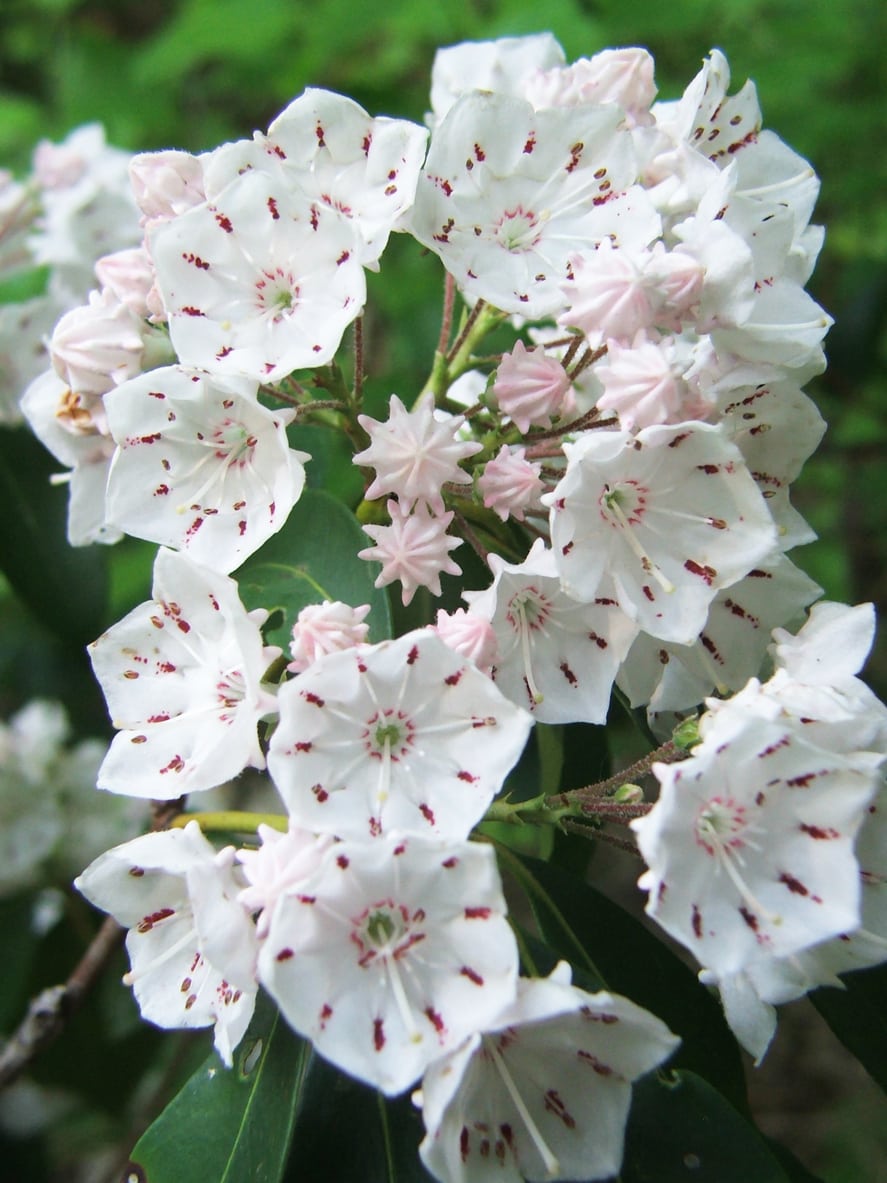 Cuttings From Mountain Laurel Shrubs: How To Root Mountain Laurel Cuttings
Cuttings From Mountain Laurel Shrubs: How To Root Mountain Laurel CuttingsMountain laurels grow happily reproduce from seeds, but these won’t reliably reproduce hybrid cultivars. The only way to be sure of clones is with cutting propagation. Growing cuttings from mountain laurel is possible, but not always easy. Learn more here.
By Teo Spengler
-
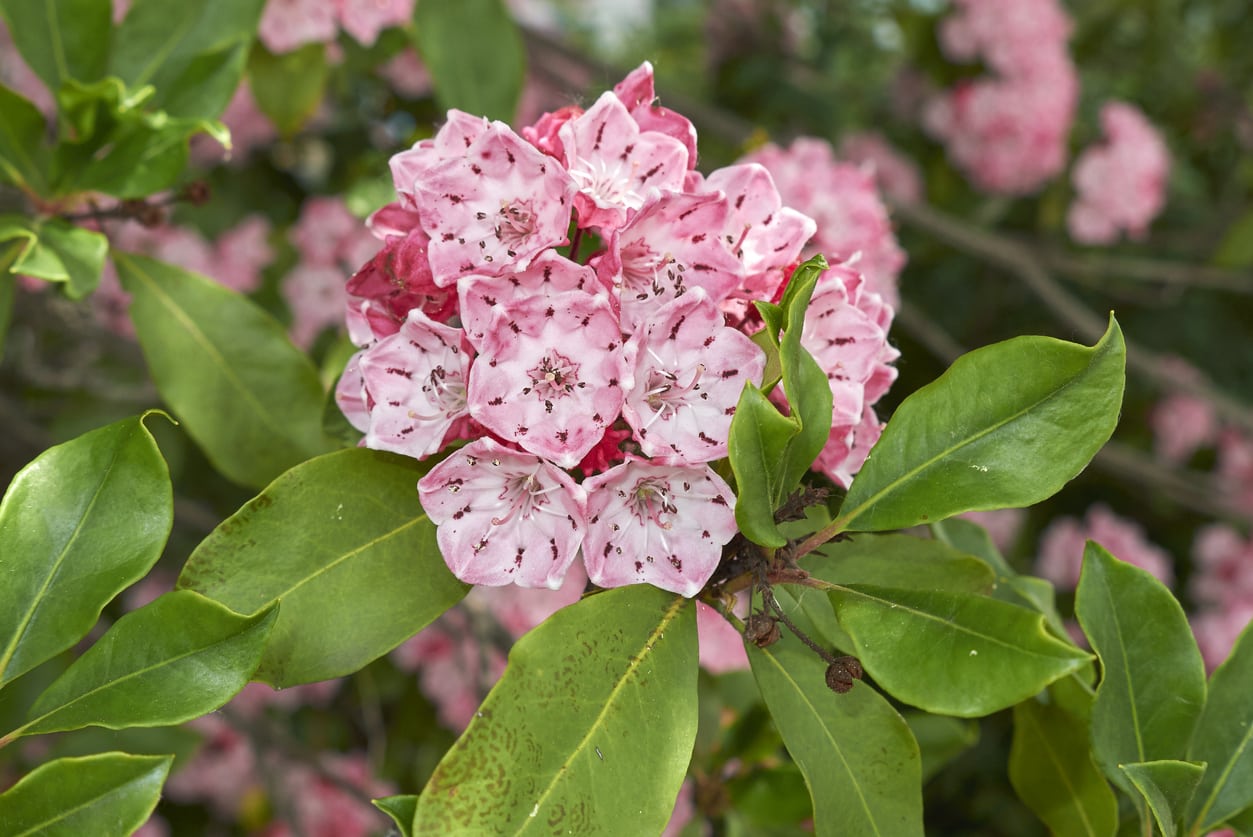 Mountain Laurel Losing Leaves – What Causes Leaf Drop On Mountain Laurels
Mountain Laurel Losing Leaves – What Causes Leaf Drop On Mountain LaurelsPlants lose leaves for a variety of reasons. In the case of mountain laurel leaf drop, fungal, environmental and cultural issues may be the cause. Figuring out which is the hard part but, once you do, most fixes are fairly easy. This article can help.
By Bonnie L. Grant
-
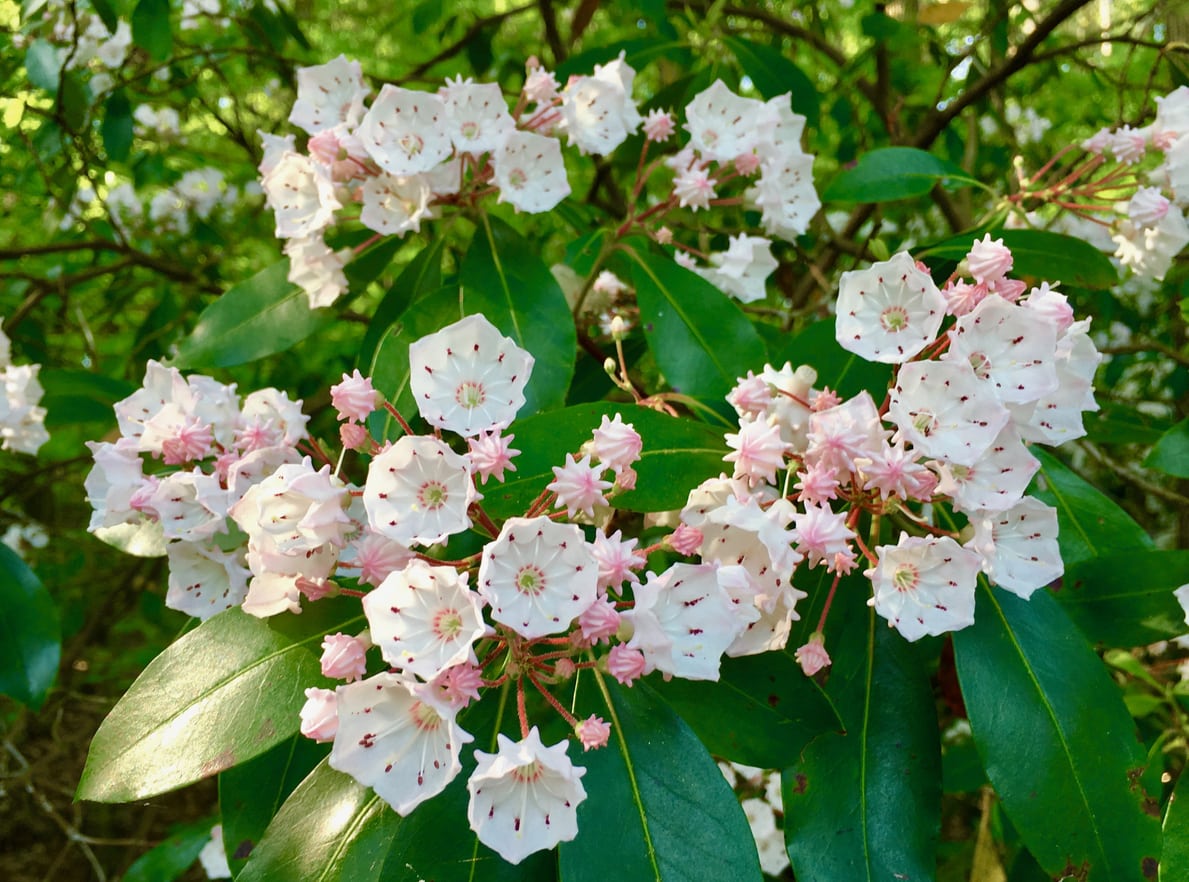 Mountain Laurel Irrigation: How To Water A Mountain Laurel Shrub
Mountain Laurel Irrigation: How To Water A Mountain Laurel ShrubA sometimes overlooked North American native, mountain laurel is a very hardy, shade tolerant shrub that produces beautiful, showy flowers where many other plants will not. Learn more about mountain laurel water needs in this article.
By Liz Baessler
-
 Growing New Mountain Laurels: Learn About Mountain Laurel Propagation
Growing New Mountain Laurels: Learn About Mountain Laurel PropagationPropagating from plants in your yard is cheaper and more rewarding. Growing new mountain laurels can be done by a couple of accepted methods: by seed and by cuttings. Find out how to propagate mountain laurel shrubs in this article.
By Mary Ellen Ellis
-
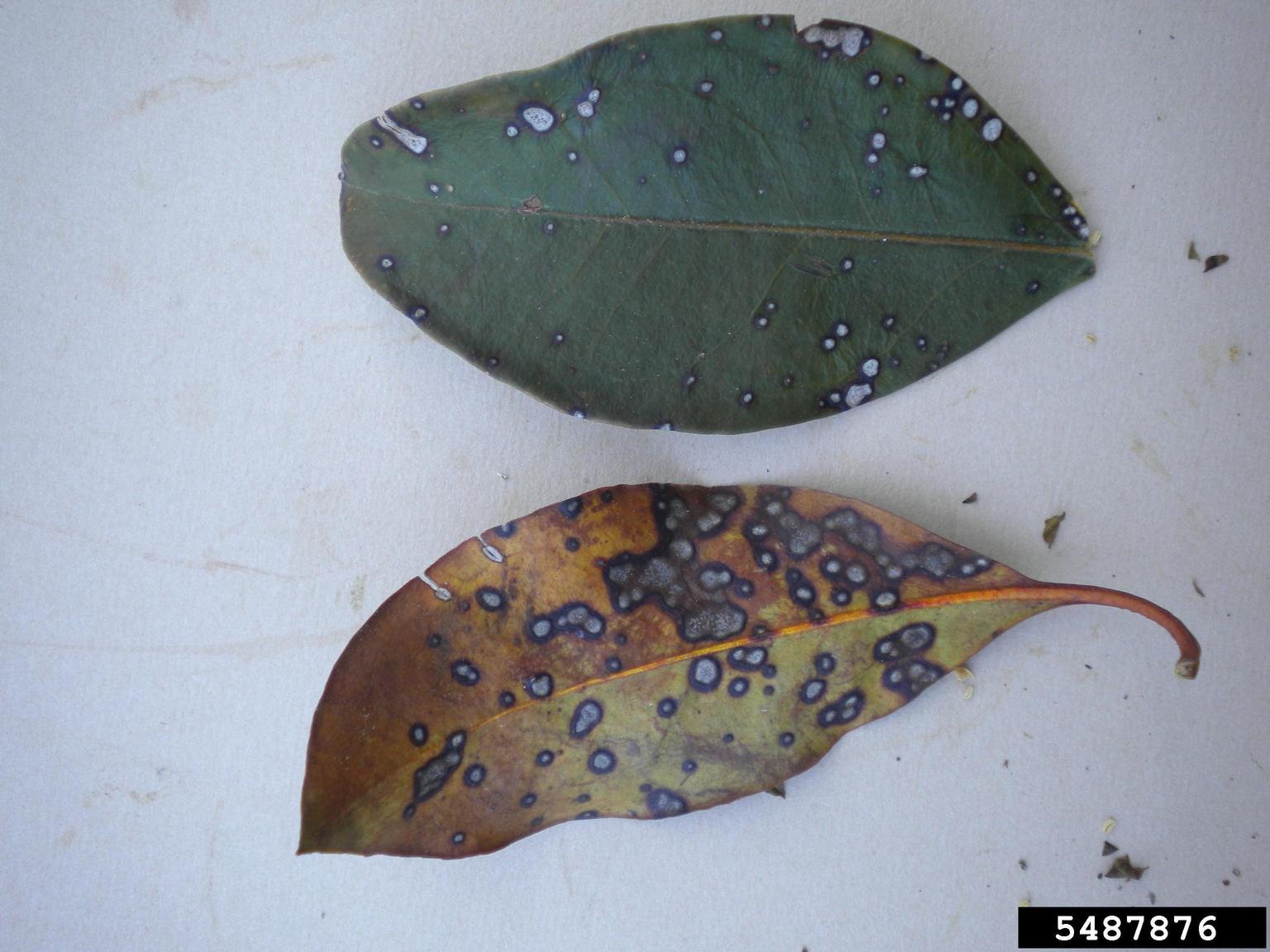 Diseases Of Mountain Laurel Bushes: What’s Wrong With My Mountain Laurel
Diseases Of Mountain Laurel Bushes: What’s Wrong With My Mountain LaurelIf your mountain laurel has leaf spots or chlorotic foliage, you may be wondering, “Is my mountain laurel sick.” Like all plants, mountain laurels have their share of diseases. It is important to learn the signs of these diseases in order to treat them. This article will help.
By Amy Grant